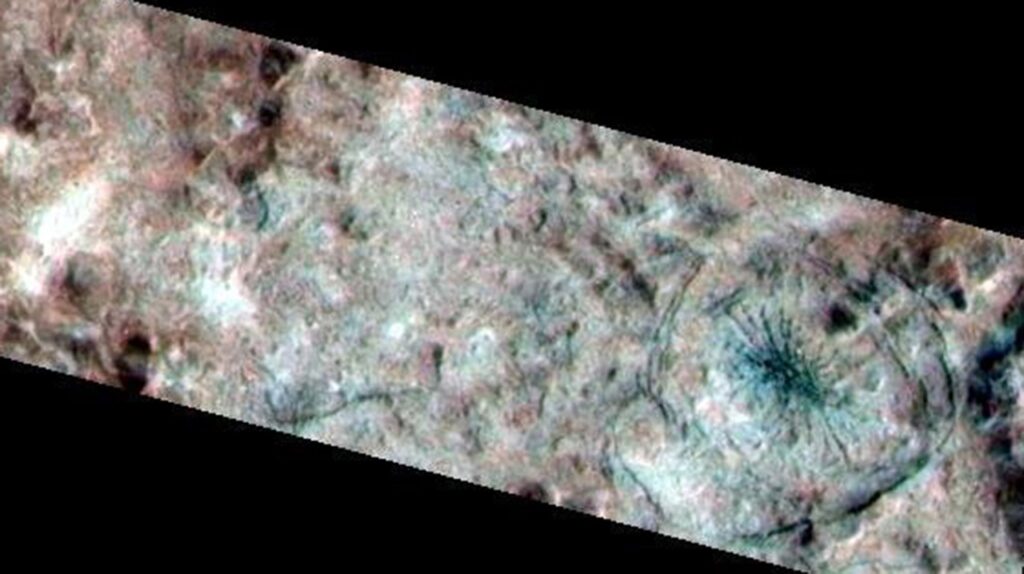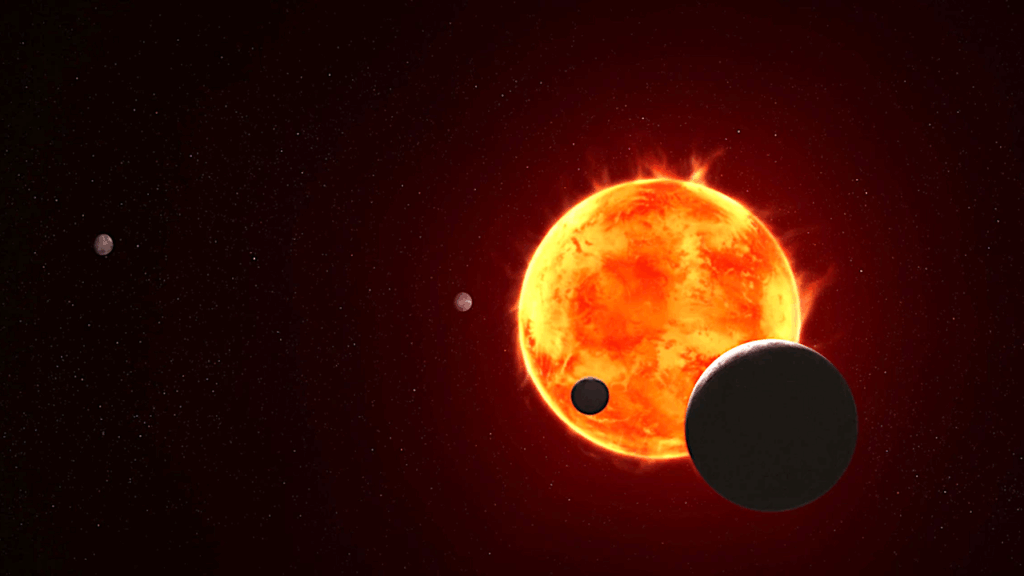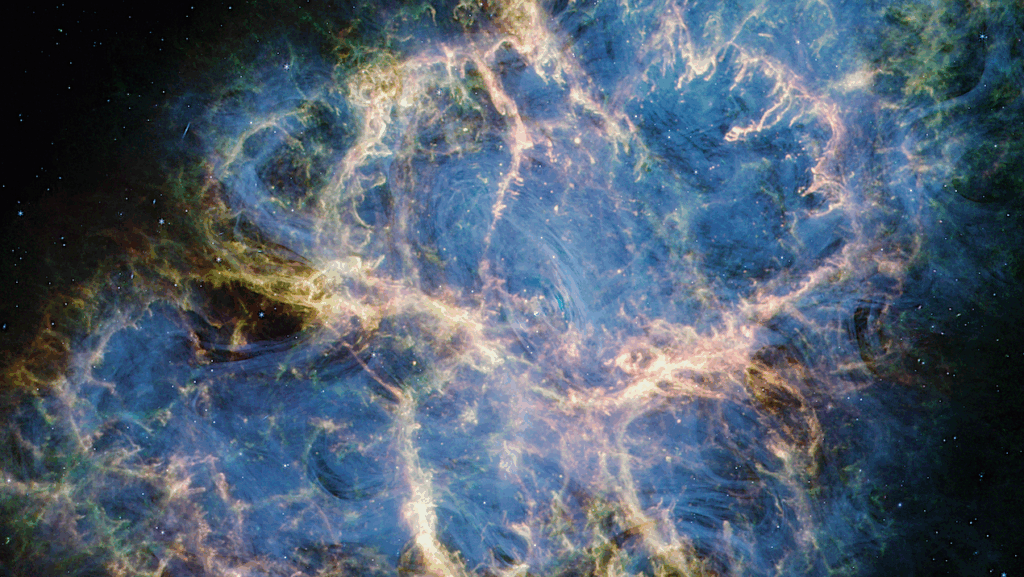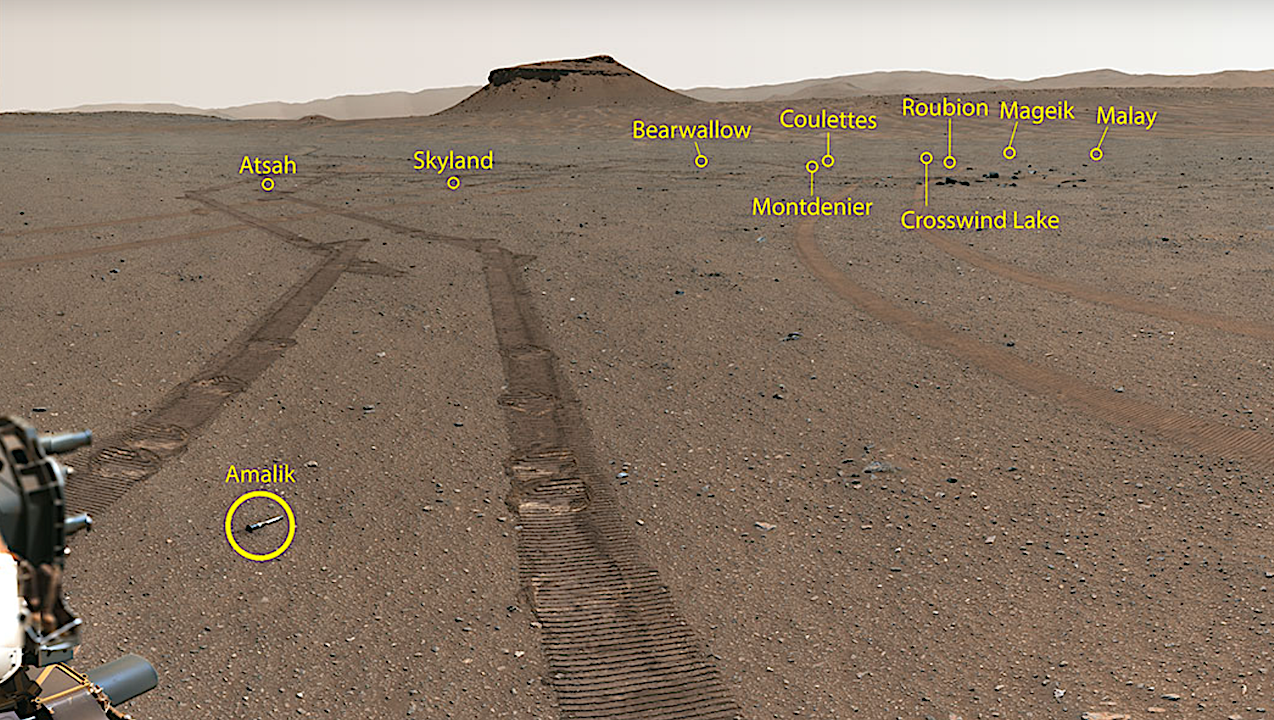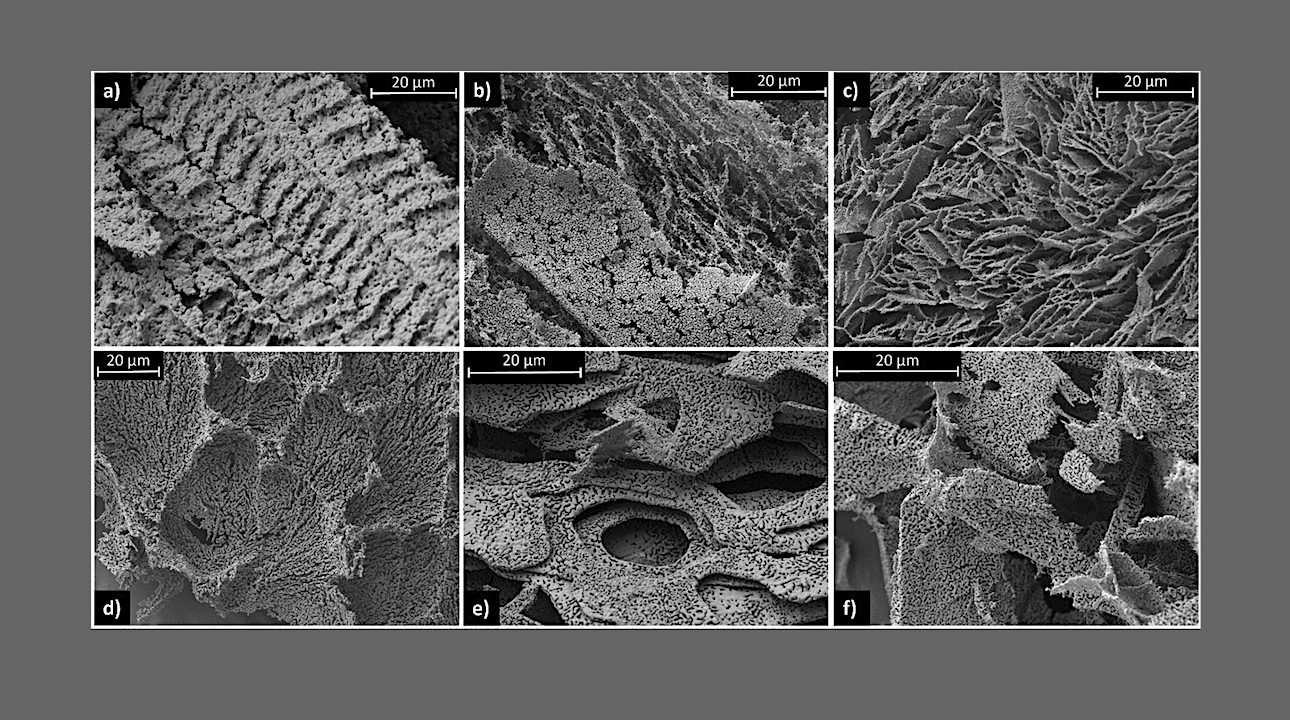Now Reading: Microbes At Red Sea Vents Show How Life And Geology Shape Each Other
-
01
Microbes At Red Sea Vents Show How Life And Geology Shape Each Other
Microbes At Red Sea Vents Show How Life And Geology Shape Each Other
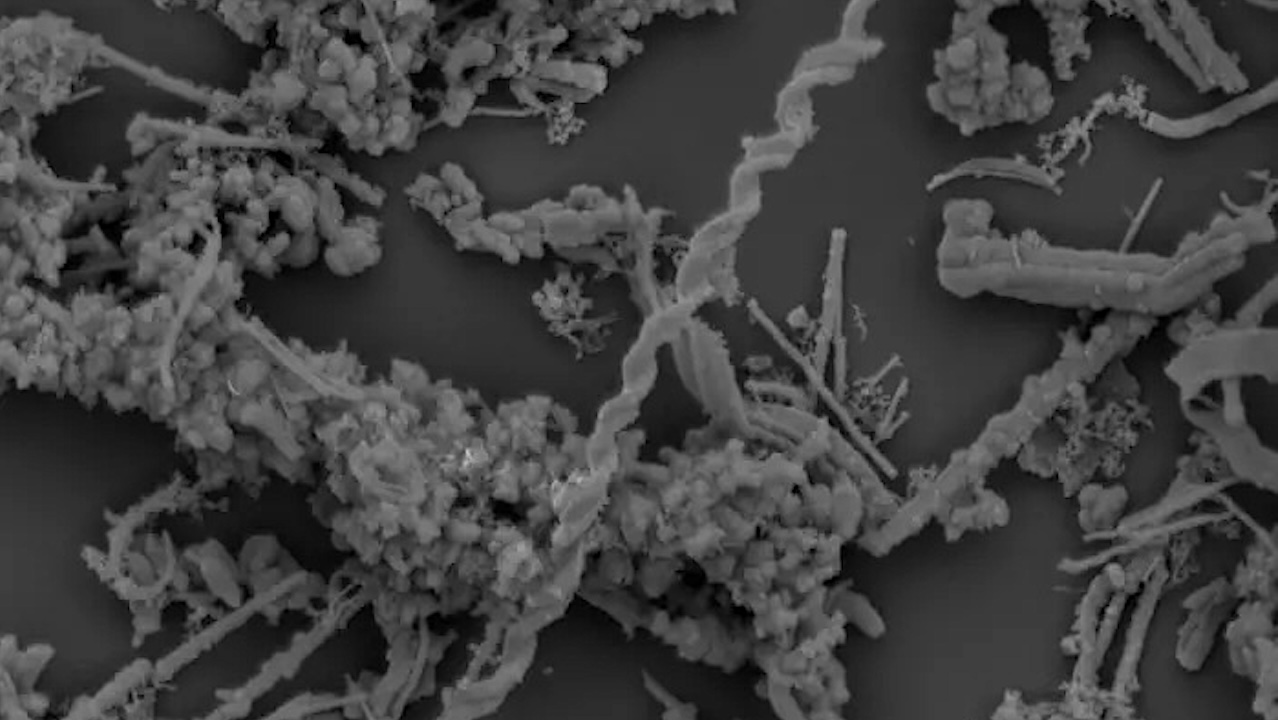

A scanning electron microscopy image of microbe samples taken from the vents. CREDIT Sharifah Altalhi
A new study led by King Abdullah University of Science and Technology (KAUST; Saudi Arabia) Professor Alexandre Rosado has revealed an unusual microbial world in the Hatiba Mons hydrothermal vent fields of the central Red Sea, a site first discovered by one of his co-authors and colleagues, Assistant Professor Froukje M. van der Zwan.
To show this, the study delivers the first “genome-resolved” analysis of these hydrothermal systems, providing an unprecedented view into both the types of microbes present and the metabolic functions that sustain them.
“Microbes from the Hatiba Mons fields show remarkable metabolic versatility,” said KAUST Ph.D. student and lead author of the study, Sharifah Altalhi. “By understanding their functions, we can see how life shapes its environment, and how geology and biology are deeply intertwined in the Red Sea.”
The Hatiba Mons fields were first documented in 2023 by a KAUST–GEOMAR collaborative expedition, which uncovered low-temperature venting zones and towering iron-oxide mounds between 778 and 1,450 meters deep. These microbial iron mounds mark the largest known active low-temperature iron-oxyhydroxide vent system in the world.
Building on that discovery, the new study used genome-resolved metagenomics to reconstruct more than 300 microbial genomes from five vent sites across the Hatiba Mons complex, capturing an ecosystem unlike any other known vent field.

Regional map and sampling locations of the Hatiba Mons hydrothermal vent fields. (A) Regional map showing the location of the Hatiba Mons in the Red Sea, marked by a white square. (B) Close-up view of the Hatiba Mons summit, highlighting sampling points across the major large active hydrothermal vent fields—Farwah Safraa ridges (FS), Kabir Field (KF), Majarrah Mounds (MM), Beacon Field (BF), and Baja’ah Mounds (BM). Sampling methods and sample types are indicated by colored circles: yellow circles represent ROV sampling for microbial mats, while blue and green circles indicate gravity core and box core samples for precipitates, respectively. Confirmed low-temperature vent fields are shown in dark orange, and inferred low-temperature vent fields in light orange. Map after [8]. Inset: Hatiba Mons dome volcano; the white square indicates the area in the main Fig. of B — Environmental Microbiome
Unlike traditional genetic surveys that only reveal which microbes are present, genome-resolved analysis further enables scientists to determine how these microbes function to survive and contribute to their environment.
The research team identified 314 microbial genomes, representing both bacteria and archaea, many of which were previously unknown to science. The analysis revealed an unexpected ecosystem dominated by microbes capable of iron, sulfur, nitrogen, and carbon cycling. These functions drive the chemical transformations that shape the vent environment and sustain microbial life under extreme conditions.
“What makes this site truly exceptional is the predominance of iron-driven metabolisms, a striking departure from the sulfur- and methane-based systems found in most hydrothermal vents. This unique metabolic landscape makes the Red Sea’s Hatiba vent a natural laboratory for studying life under extreme conditions and offers new insight into the microbial processes that sustain ocean resilience and global carbon cycling,” said Rosado.
The microbes discovered in Hatiba Mons perform biogeochemical processes that are fundamental to the Earth’s systems. Their ability to oxidize and reduce iron, fix carbon, and metabolize sulfur and nitrogen connects microbial activity to the planet’s chemical and mineral cycles.
Understanding these metabolic networks can inform biotechnological applications such as metal recovery, bioenergy generation, and environmental remediation. Moreover, studying how microbes thrive in this high-salinity, high-temperature environment provides clues about how life evolved on early Earth and how it might exist in similar conditions elsewhere in the solar system.
Decoding microbial diversity, biogeochemical functions, and interaction potentials in red sea hydrothermal vents, Environmental Microbiome
Astrobiology, oceanography, extremophiles,
Stay Informed With the Latest & Most Important News
Previous Post
Next Post
-
 012024 in Review: Highlights from NASA in Silicon Valley
012024 in Review: Highlights from NASA in Silicon Valley -
 02Panasonic Leica Summilux DG 15mm f/1.7 ASPH review
02Panasonic Leica Summilux DG 15mm f/1.7 ASPH review -
 03How New NASA, India Earth Satellite NISAR Will See Earth
03How New NASA, India Earth Satellite NISAR Will See Earth -
 04And Thus Begins A New Year For Life On Earth
04And Thus Begins A New Year For Life On Earth -
 05Astronomy Activation Ambassadors: A New Era
05Astronomy Activation Ambassadors: A New Era -
06SpaceX launch surge helps set new global launch record in 2024
-
 07From Polymerization-Enabled Folding and Assembly to Chemical Evolution: Key Processes for Emergence of Functional Polymers in the Origin of Life
07From Polymerization-Enabled Folding and Assembly to Chemical Evolution: Key Processes for Emergence of Functional Polymers in the Origin of Life












